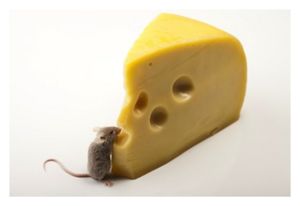

| Visitors Now: | |
| Total Visits: | |
| Total Stories: |

| Story Views | |
| Now: | |
| Last Hour: | |
| Last 24 Hours: | |
| Total: | |
Circuit that Controls Overeating Found in the Brain
Follow TIS on Twitter: @Truth_is_Scary & Like TIS of Facebook- facebook.com/TruthisScary
When a particular circuit in the brain is stimulated, it causes mice to voraciously gorge on food even though they are well fed, and deactivating this circuit keeps starving mice from eating, a new study shows.
The findings suggest that a breakdown within this neural network could contribute to unhealthy eating behaviors, the researchers said, although more work is needed to see whether the findings are also true of people.
The circuit lies in a brain area called the “bed nucleus of the stria terminalis” (BNST), and affects eating by inhibiting activity in another region, called the lateral hypothalamus, which is known to control eating, according to the study, published today (Sept. 26) in the journalScience.
“Normally, there’s a population of neurons in the lateral hypothalamus that’s putting the brakes on eating,” said study researcher Garret Stuber, a neuroscientist at the University of North Carolina at Chapel Hill. “But when you shut those cells down by stimulating this pathway, that releases the brake, and the animal starts to eat.”
The lateral hypothalamus has been known for more than 50 years to be an important part of the brain for controlling eating. Scientists had learned that putting stimulating electrodes in the lateral hypothalamus of animals would influence their eating behavior, but exactly how it works has been a mystery.
“Nobody had a good mechanistic explanation for what’s actually being stimulated or activated within this brain structure,” Stuber said.
In the new study, the researchers focused on examining how the BNST influences activity in the lateral hypothalamus.
To manipulate the BNST neurons, the researchers used a technique called optogenetics that allowed them to activate specific neurons using light. They found that, upon activation, BNST neurons suppressed activity in the lateral hypothalamus, and caused the well-fed mice to immediately start eating.
“When we stimulate the pathway, the animals eat a third to 50 percent of the calories they eat in a normal day, in about 20 minutes,” Stuber said. For a person, that would probably be the equivalent of eating lunch and dinner in one sitting, he said.
Source: http://truthisscary.com/2013/09/circuit-that-controls-overeating-found-in-the-brain/



